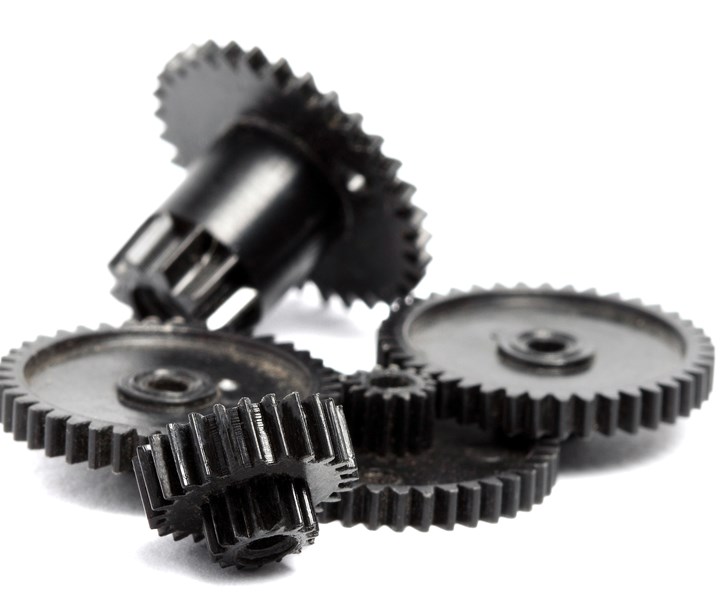Materials: Long-Fiber-Reinforced Engineered Compounds for Medical Equipment Components
Solvay’s Xencor LFT targeted to structural medical equipment parts such as gear systems.
Continuous and highly aligned long glass fiber-reinforced (LFT) compounds from Solvay Specialty Polymers, Alpharetta, Ga., reportedly deliver high strength and enhanced impact resistance for structural applications including chassis, gear systems and components needing high mechanical properties and load-bearing capabilities. These new Xencor LFT thermoplastics offer healthcare designers and OEMs new opportunities to replace metal and traditional short fiber thermoplastics used in structural medical components.

Featured at MD&M West 2020, the Xencor LFT portfolio is comprised of grades based on select Solvay semi-crystalline resin systems such as Ryton PPS, Amodel PPA and Ixef PARA. These compounds are produced with Solvay’s pultrusion manufacturing process which is said to provide better retention of mechanical properties at elevated temperatures along with very low creep, outstanding fatigue resistance and excellent surface finish. Depending on the polymer and grade, Xencor LFT compounds can contain between 30% to 60% long fiber reinforcement.
Key advantages of using Xencor LFT compounds over metals include lighter weight, expanded design freedom, superior chemical resistance andstreamlined processing. These benefits were recently demonstrated with the development of the first all-polymer e-bike from Stavjelo for which certain technical requirements can be applied to medical equipment.
Said Jeff Hrivnak, global business manager for healthcare, “Xencor LFT compounds enhance our already robust metal-to-plastic replacement product portfolio for medical equipment. As is typical with our portfolio, Xencor LFT products stand up to aggressive disinfectants needed in healthcare and can reduce overall manufacturing costs through the use of high-speed injection molding.’’
Related Content
-
Prices Up for PE, PP, PS, Flat for PVC, PET
Trajectory is generally flat-to-down for all commodity resins.
-
Prices Up for PE, ABS, PC, Nylons 6 and 66; Down for PP, PET and Flat for PS and PVC
Second quarter started with price hikes in PE and the four volume engineering resins, but relatively stable pricing was largely expected by the quarter’s end.
-
Prices for PE, PS, PVC, PET Trending Flat; PP to Drop
Despite price increase nominations going into second quarter, it appeared there was potential for generally flat pricing with the exception of a major downward correction for PP.








